Jaguar will return to front-line motorsport with a factory team in the FIA Formula E championship as a precursor to the arrival of new electric-powered Jaguar Land Rover production cars.
Jaguar Racing launches factory Formula E effort
The Jaguar team will start racing next autumn in the third season of the Formula E championship. JLR has said the championship “offers a unique opportunity for Jaguar Land Rover to further the development of future EV powertrain, including motor and battery, technology”.
A JLR statement read: “Jaguar Land Rover engineers will work directly with Jaguar’s race team to push the boundaries of electrification technology.”
Why Jaguar Racing is going electric for Formula E
JLR has not confirmed which of its brands will launch its first electric road car or when it will happen. However, Autocar understands Jaguar is readying a radically styled electric crossover for the Paris motor show next autumn and the timing will coincide with Jaguar’s entry to Formula E.
The concept is understood to closely preview a production car due to arrive in 2017 as a rival to the Tesla Model X. The styling is understood to heavily reference the C-X75 supercar concept. A range of around 300 miles for the battery-powered vehicle has been mooted, as has a price of around £60,000.
The car is understood to sit on the same aluminium architecture as the Jaguar XE, Jaguar XF and F-Pace and have industry-leading electric technology, possibly including in-wheel electric motors.
Jaguar’s race team will work with Williams Advanced Engineering, the pair having collaborated on the C-X75 concept car, a plug-in hybrid.
Formula E will act as a live test bed for developing electric technology for JLR vehicles and engineers from the road car side will work closely with the race team.
JLR chief engineer Nick Rogers used his announcement of Jaguar’s racing return to confirm that electric vehicles would “absolutely” play a role in Jaguar Land Rover’s future product portfolio, while refusing to say when these production vehicles would be launched, or whether an electric Jaguar would beat an electric Land Rover to the showrooms. The fact that the racer is a Jaguar and not a Land Rover is “not significant”, he says.
The latest announcement puts the crossover’s expected first sighting conveniently close to the Formula E Jaguar’s debut races, but for now, Nick Rogers isn’t keen to talk specifics, except about the new racing project.

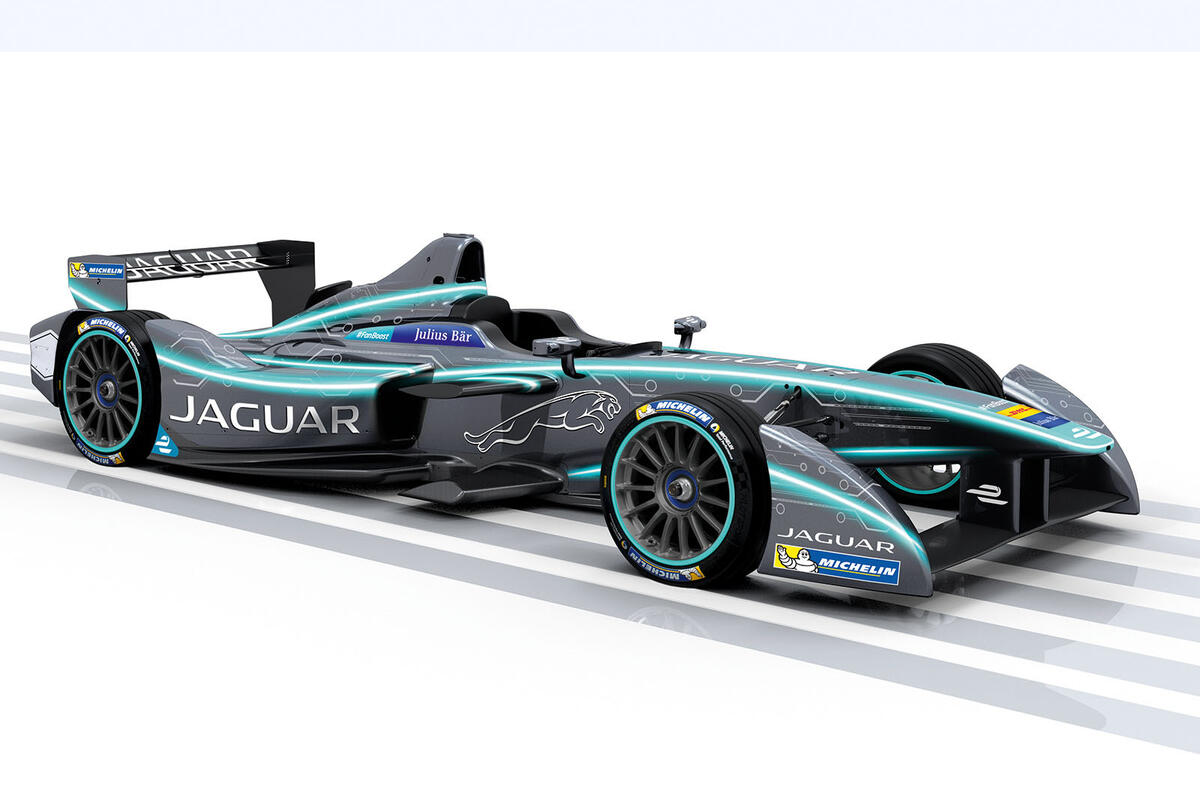
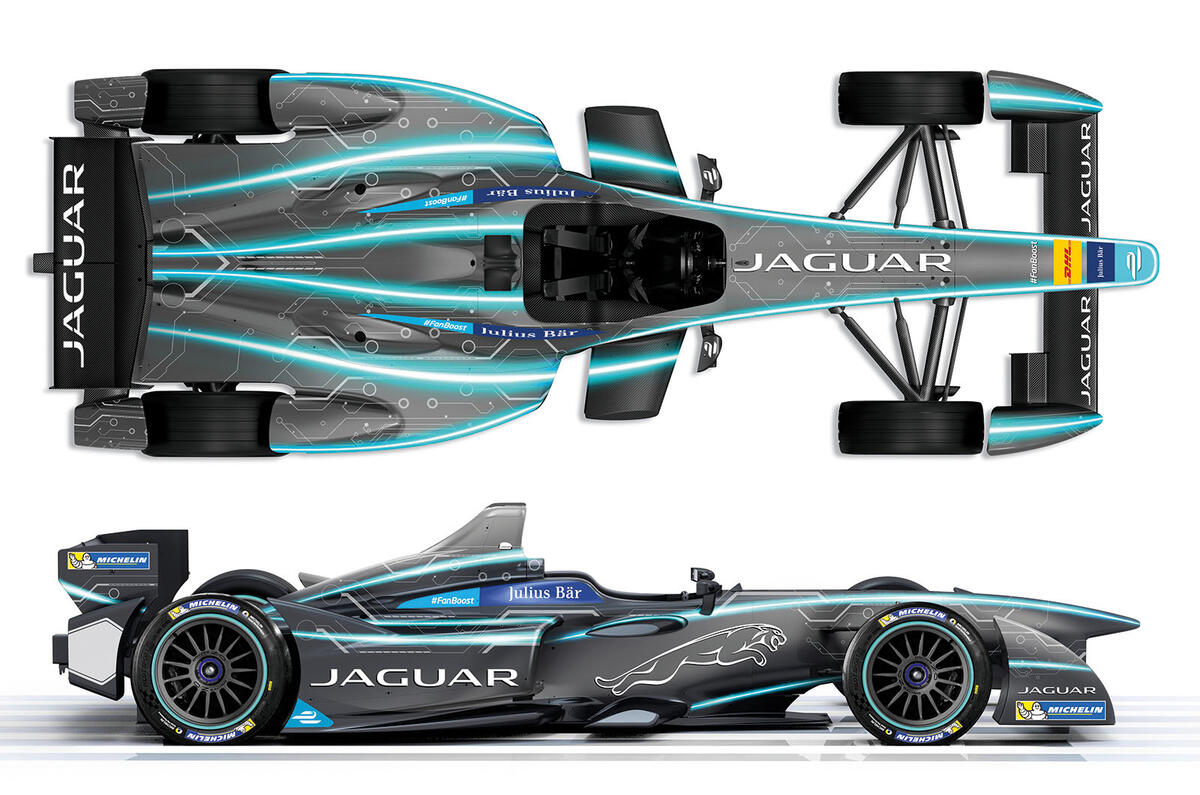
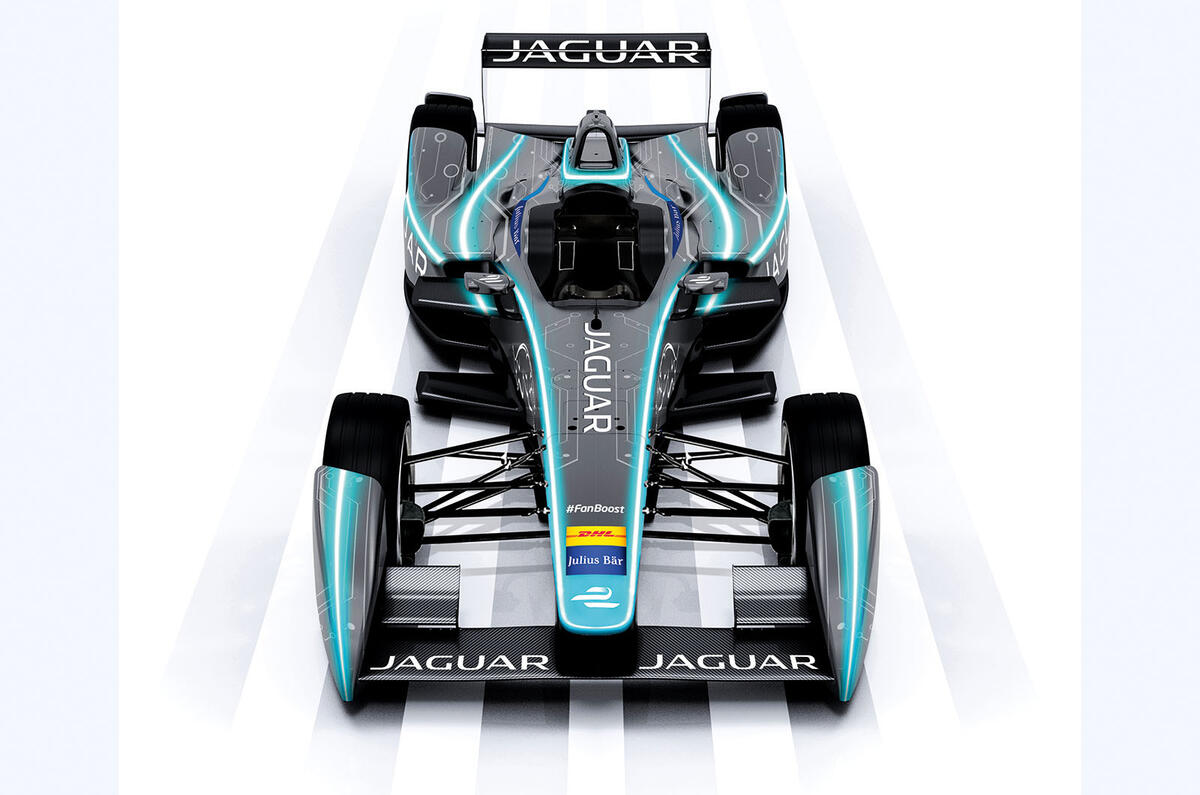
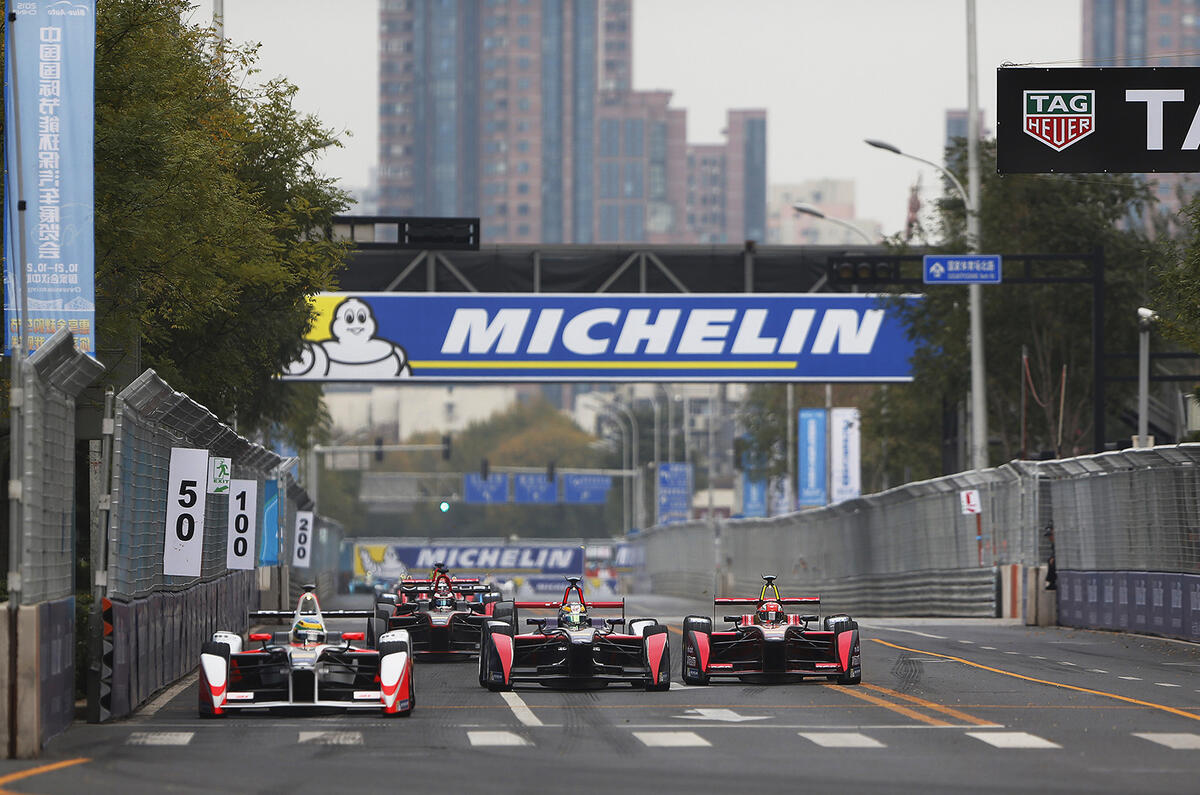
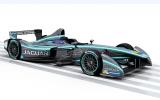
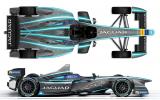

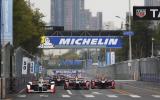







Join the debate
Add your comment
Someone press fast forward
Save the lithium...
Problem Solved
They should have used the